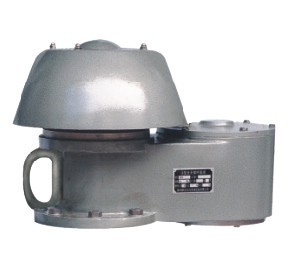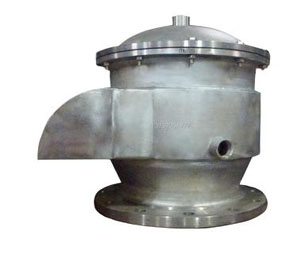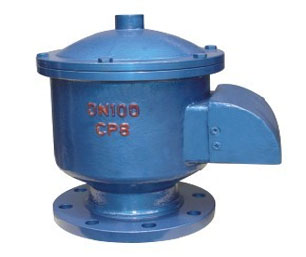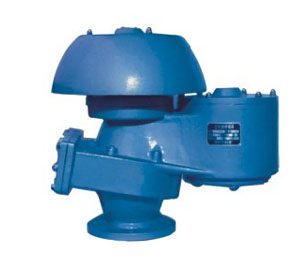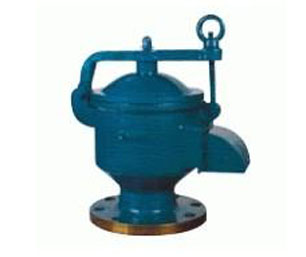Loading and matching of ordinary thread tools:
If the turning tool is installed too high or too low and too high, when the knife reaches a certain depth, the back surface of the turning tool will stand against the workpiece, increase the friction force, and even bend the workpiece top, resulting in the phenomenon of biting the knife; Too low, the chip is not easy to discharge, the direction of the radial force of the turning tool is the center of the workpiece, and the gap between the transverse screw and the nut is too large, resulting in automatic deepening of the depth of the knife, so as to lift the workpiece, the emergence of the knife.
At this time, the height of the turning tool should be adjusted in time, so that the tip of the tool is equal to the axis of the workpiece (can use the tail seat tip to the tool). The position of the tool tip is about 1% D higher than the exit center of the workpiece (D represents the diameter of the workpiece to be processed) in the rough and semi-finished turning.
Workpiece clamping is not strong the rigidity of the workpiece itself can not bear the cutting force when turning, thus producing too much deflection, change the center height of the turning tool and the workpiece (the workpiece is raised), the formation of cutting depth surge, the gnawing knife, this time should be the workpiece clamping firmly, can use the tail seat top, etc., to increase the rigidity of the workpiece.
Common thread tool method has test cutting method and automatic tool tool, you can directly use the tool to test cutting tool, you can also use G50 to set the workpiece zero, workpiece shift to set the workpiece zero for tool. Thread machining to the tool is not very high requirements, especially the Z-direction of the tool has no strict restrictions, can be determined according to programming processing requirements.
保温阀门http://www.xrdfm.com/baowenfamen/
锻钢阀门http://www.xrdfm.com/duangangfamen/
低温阀门http://www.xrdfm.com/diwenfamen/
美标阀门http://www.xrdfm.com/meibiaofamen/
三通球阀http://www.xrdfm.com/stqf/

